#museo del prado madrid
Explore tagged Tumblr posts
Text

ECCE HOMO. El Caravaggio Perdido. The Lost Caravaggio: the Ecce Homo Unveiled
Esposto a Madrid Ecce Homo, capolavoro perduto di Caravaggio, recentemente ritrovato
2 notes
·
View notes
Text

María Hahn, the Painter’s Wife (1901), (detail), by Raimundo de Madrazo y Garreta (Spanish, 1841-1920), oil on canvas, 192 × 128 cm, Museo Nacional del Prado, Madrid
#maría hahn the painter’s wife#raimundo de madrazo y garreta#painting#oil on canvas#detail#painting detail#museo del prado#madrid#20th century#realism#my upload#rococo#art#fine art
483 notes
·
View notes
Text
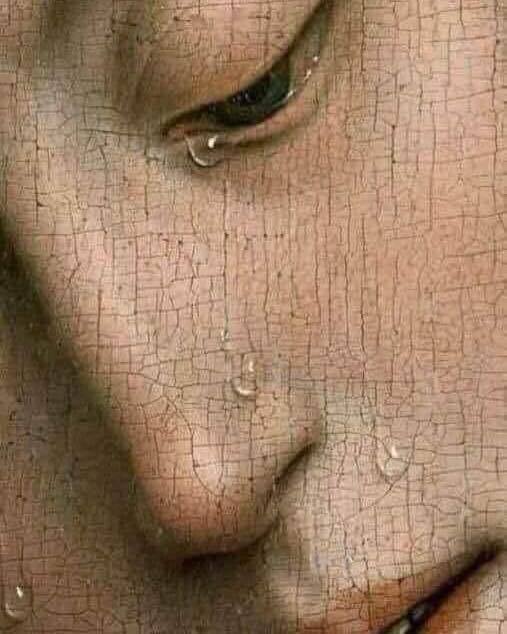
Rogier van der Weyden (Flemish, 1399 - 1464) Descent from the Cross (Ca-1435) Museo del Prado, Madrid, Spain
* * * *
"Each time you feel the beginning of weakness, relax and then think seriously: “I wish the result of my weakness to become my own strength.” This will accumulate in you for your future work. Each man knows which weakness he has in him. Each time this weakness appears in you, stop yourself and do this exercise." ~ Gurdjieff (Meetings 1941-46)
[Thank you Ian Sanders]
[via "Alive On All Channels"]
#Rogier van der Weyden#Descent from the Cross#Museo del Prado#Madrid#Gurdjieff#Ian Sanders#quotes#loss#weakness#grief#strength#feeling#felt sense
115 notes
·
View notes
Text

Saturn Devouring His Son (1819-1823) 🎨 Francisco de Goya 🏛️ Museo del Prado 📍 Madrid, Spain
The mural paintings that decorated the house known as “la Quinta del Sordo,” where Goya lived have come to be known as the Black Paintings, because he used so many dark pigments and blacks in them, and also because of their somber subject matter. The private and intimate character of that house allowed the artist to express himself with great liberty. He painted directly on the walls in what must have been mixed technique, as chemical analysis reveals the use of oils in these works. The Baron Émile d´Erlanger acquired “la Quinta” in 1873 and had the paintings transferred to canvas. The works suffered enormously in the process, losing a large amount of paint. Finally, the Baron donated these paintings to the State, and they were sent to the Prado Museum, where they have been on view since 1889.
Saturn devouring one of his sons is one of the most expressive images from his Black Paintings. It occupied the wall across from Leocadia Zorrilla on the ground floor of “la Quinta del Sordo.” This mythological god could be the personification of such a human feeling as the fear of losing one´s power. The mural paintings from “la Quinta del Sordo” (the Black Paintings), have been determinant in the modern-day consideration of this painter from Aragon. The German Expressionists and the Surrealist movement, as well as representative of other contemporary artistic movements, including literature and even cinema, have seen the origins of modern art in this series of compositions by an aged Goya, isolated in his own world and creating with absolute liberty.
#Saturn Devouring His Son#Francisco de Goya#Romanticism#painting#Museo del Prado#Madrid#Spain#mythological#oil on canvas#1819#1820#1821#1822#1823#art#artwork#art history#spanish
32 notes
·
View notes
Text

EVA (Museo del Prado, 13/09/18)
26 notes
·
View notes
Text

Sancho III
Artist: Jose Madrid Castelaro y Perea (Spanish, 1801-1873)
Date: c. 1851
Medium: OIl on canvas
Collection: Museo del Prado, Madrid, Spain
Sancho III of Castile
Sancho III (c. 1134 – 31 August 1158), called the Desired (el Deseado),[was King of Castile and Toledo for one year, from 1157 to 1158. He was the son of Alfonso VII of León and Castile and his wife Berengaria of Barcelona, and was succeeded by his son Alfonso VIII. His nickname was due to his position as the first child of his parents, born after eight years of childless marriage.
During his reign, the Order of Calatrava was founded. It was also in his reign that the Treaty of Sahagún in May 1158 was decided.
Painting Description
The king, in the representation imagined by the painter, is descending the steps on which the throne is located. He is dressed in a crimson-coloured overcoat, embroidered in gold, with a fur lining, and his left hand is resting on his sword. The neutral background is broken up by the presence of the curtain situated behind the throne that closes the composition. Deposited in the Congress of Deputies. Madrid.
#portrait#ancient king#king of castile#sancho iii#standing#full length#crimson colored overcot#gold enbroidery#fur lining#sword#curtain#throne#king of castile and toledo#oil on canvas#painting#oil painting#european art#spanish culture#spanish history#jose madrid castelero#spanish painter#museo del prado#19th century painting
14 notes
·
View notes
Text




Museo del Prado, Madrid 🇪🇸
#academia#academism#light academia#cozy academia#dark academia#art history#museum#madrid#spain#españa#arte#prado#museo del prado
15 notes
·
View notes
Text

Tomás Yepes (Spanish, 1595 or 1600 – 1674)
Dulces y frutos secos sobre una mesa, 1642-1674, Museo Nacional del Prado
12 notes
·
View notes
Text

Hieronymous Bosch, The Garden of Earthly Delights (outer panels), c.1480-1505, Museo Nacional del Prado, Madrid, Spain. Detail.
The infamous masterpiece was likely commissioned by Engelbert, Count of Nassau, for the Coudenberg Palace. From outer panels to inside panels, it visualizes the Biblical creation and humanity’s fate, inflicted by our own tragic flaws. The story begins on the outer panels where Bosch created a monochromatic image of the Third Day of the Creation of the World. The half-empty sphere illustrates the formation of Eden as the waters of the world seem to drain and separate. God is perched in the top right corner as he observes his handy-work.
#art#painting#Hieronymous Bosch#The Garden of Earthly Delights#Museo Nacional del Prado#Madrid#Spain#Flemish art#Flemish painter#Netherlands#15th century#16th century
3 notes
·
View notes
Text


“THIS IS THE LAST OF FIVE PORTRAITS DE LÁSZLÓ PAINTED OF QUEEN VICTORIA EUGENIA…”
PIC(S) INFO: Spotlight on a portrait of Queen Victoria Eugenia of Spain, née Princess Victoria Eugénie Julia of Battenberg; Consort of Alfonso XIII, c. 1927. Oil on canvas, 88.5 x 62.5 cm (34.84 x 24.61 in.), artwork by Philip de László. Public Collection, Museo del Prado, Madrid.
PIC #2: Queen Victoria Eugenie, c. 1927, a preliminary sketch for the painting above.
DESCRIPTION: Half length slightly to the left, almost full face slightly towards the right, wearing a plain sleeveless black gown, a black lace mantilla, a black lace and chiffon stole over her shoulders and arms, the Order of Queen María Luisa on a purple and white ribbon pinned to her dress, and emerald drop earrings.
OVERVIEW: “This is the last of five portraits de László painted of Queen Victoria Eugenia. It was executed in Madrid in 1927, seventeen years after his first visit to the royal palace in 1910, when he painted the Queen for the first time [7933]. De László had then closely examined the works not only of his idol, Velasquez, but of Goya, who had also been a source of inspiration for his Spanish royal portraits. His discreet homage to Goya, such as in the portrait of the Queen Mother María Cristina [7922], was at the time essentially confined to the treatment of the background – with flatter, smoother brush strokes, and in deep fawn, rather than dark brown – and to the greater solidity of his figures, the modelling of which stood out against such a uniform field.”
– THE DE LÁSZLÓ ARCHIVE TRUST (The artist's extensive personal archive of letters, press cuttings and business correspondence)
Sources: http://godsandfoolishgrandeur.blogspot.com/2017/06/royal-spain-portraits-of-spanish-royal.html & The De László Archive Trust.
#Princess Victoria Eugénie Julia of Battenberg#1927#Oil on Canvas#Philip de László#Madrid#Princess Victoria Eugénie Julia of Battenberg 1927#Philip de László Art#Philip de László Artist#Victoria Eugenie of Battenberg#Spanish Royalty#Museo del Prado#Oil painting#Oil paintings#Spanish Royal Family#Queen Victoria Eugenie#Spanish Monarchy#Portraits of Spanish Royalty#Queen Victoria Eugenia of Spain#Paintings#Portraits#Queen Victoria Eugenie of Spain 1927#Victoria Eugenia de Battenberg#Queen of Spain#Philip de László 1927#Ena#The Queen of Spain#Queen Victoria Eugenia of Spain 1927#Victoria Eugenia de Battenberg 1927#Queen Victoria Eugenie of Spain#Feminine beauty
3 notes
·
View notes
Text
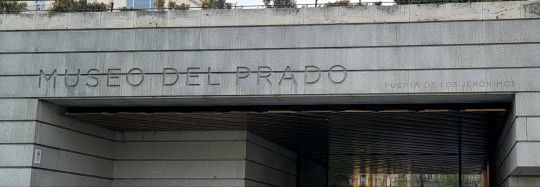



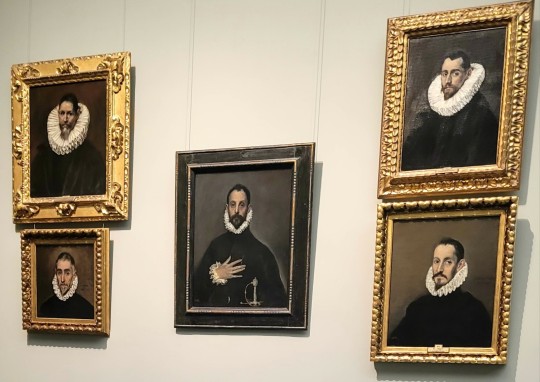
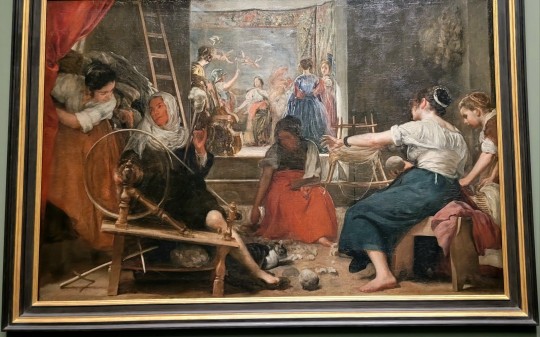


Just remembering when @fireproofmarta and I spent 5 hours at Museo del Prado and snuck tons of pictures. Take me back 😢
24 notes
·
View notes
Text

Portrait of a Lady (1565-1575), (detail), by Anthonis Mor (1516-1576), oil on canvas, 95.8 × 77 cm, Museo del Prado, Madrid
#portrait of a lady#anthonis mor#painting#portrait#oil on canvas#16th century#museo del prado#Madrid#art#fine art#jewelry#jewels#my upload
409 notes
·
View notes
Text
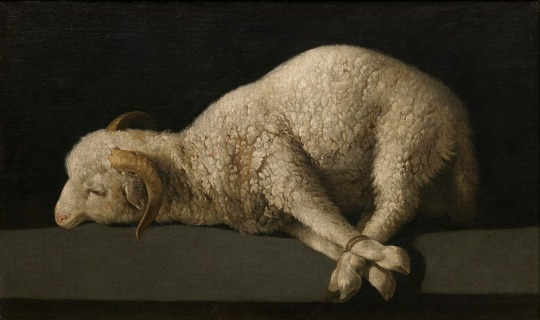
"Agnus Dei" de Francisco de Zurbarán. 1635. Oleo sobre lienzo (38 cm × 62 cm). Museo del Prado de Madrid.
10 notes
·
View notes
Text

The Garden of Earthly Delights (1500-1505) 🎨 Hieronymus van Aken aka Bosch 🏛️ Museo del Prado 📍 Madrid, Spain
The Garden of Earthly Delights is Bosch’s most complex and enigmatic creation. For Falkenburg the overall theme of The Garden of Earthly Delights is the fate of humanity, as in The Haywain (P02052), although Bosch visualizes this concept very differently and in a much more explicit manner in the centre panel of that triptych than in The Garden of Earthly Delights. In order to analyse the work’s meaning the content of each panel must be identified. On the outer faces of the triptych Bosch depicted in grisaille the Third Day of the Creation of the World, when the waters were separated from the earth and the earthly Paradise (Eden) created. At the top left we see God the Father as the Creator, according to two Latin inscriptions, one on each panel: For he spake, and it was done and For he commanded, and they were created (Psalms 33:9 and 148:5). On the inner face of the triptych, painted in brilliant colours which contrast with the grisaille, Bosch painted three scenes that share the single common denominator of the concept of sin, which starts in Paradise or Eden on the left panel, with Adam and Eve, and is punished in Hell in the right panel. The centre panel depicts a Paradise that deceives the senses, a false Paradise given over to the sin of lust. This deception is encouraged by the fact that the centre panel is shown as a continuation of Eden through the use of a single, continuous landscape with a high horizon line that allows for a broad, panoramic composition arranged as three superimposed planes, in the panels of the earthly Paradise, the Garden of Earthly Delights and Hell.
While sin is the connecting link between the three scenes, the iconography in the Paradise panel requires further analysis in order fully to appreciate its meaning. As will be noted below in the analysis of the technical documentation, when he initially embarked on the work Bosch included the Creation of Eve on the left panel, but in a second phase he replaced it with God presenting Eve to Adam. This very uncommon subject was associated with the institution of marriage, as Falkenburg and Vandenbroeck discuss (Bosch, 2016). For the latter, the centre panel represents the false paradise of love, known as Grail in the fifteenth and sixteenth centuries, which implied a carnal interpretation of God’s mandate to Be fruitful and multiply, as instituted in marriage. The men and women that Bosch depicts in the Garden of Earthly Delights believe they are inhabiting a paradise for lovers, but this is false and their only fate is punishment in Hell. The extremely pessimistic message that the centre panel conveys is that of the fragility and ephemeral nature of happiness and delight in these sinful pleasures.
In the centre panel, from which the triptych derives its name, Bosch included a large number of naked human figures, with the exception of the pair at the lower right, who are usually identified as Adam and Eve after the Expulsion from Paradise. Men and women, both black and white, are generally seen in groups or pairs, maintaining amorous relations with a powerful erotic charge that refers to the panel’s pre-eminent theme, the sin of lust. The animals, both real and imaginary, are much larger than their proper scale. Among them, Bosch particularly emphasizes two different types of owl that evoke evil. Staring straight out, they direct their disturbing gazes at the viewer at the two lateral edges of the panel, slightly set back from the immediate foreground. Also present are plants and fruit, which are again much larger than their scale dimensions. The entire composition is dotted with pieces of red fruit that contrast with other large and small blue ones, these being the two principal colours in the scene. In contrast to the apparent confusion that prevails in the foreground, geometry imposes itself in the middle ground and background. In the former, Bosch depicted a pool full of naked women. Around it, in an anti-clockwise direction, rides a group of men on different mounts (some of them exotic or imaginary), who have been associated with different Cardinal Sins. In the background of the scene Bosch included five fantastical architectural constructions in the water, the central one similar to the fountain of the Four Rivers in the Paradise panel, although here broken to symbolize its fragility and the ephemeral nature of the delights being enjoyed by the men and women who fill this garden. And now the owl depicted inside the fountain in the Paradise panel is replaced here by human figures in sexually explicit poses.
The right panel depicts Hell and is Bosch’s most striking representation of this subject, on occasions referred to as the musical Hell owing to the significant presence of instruments used to torture sinners who have devoted their time to secular music. In his text in the present catalogue Larry Silver describes the punishments meted out to each sin. While lust prevails in the centre panel, in the scene of Hell all the Cardinal Sins are punished. A good example is the punishment of the avaricious, who are devoured and immediately expelled from the anus of a theriomorphic creature with a bird’s head (a variety of owl) seated on a type of child’s lavatory stool. Gluttons and the sin of gluttony are undoubtedly referred to in the tavern scene located inside the tree-man, in which semi-naked people seated at a table wait to be served toads and other unpleasant creatures by devils, while the envious are tortured by immersion in frozen water. Further punishments correspond to vices censured by society at the time, including board games, while particular social classes are also singled out, including the clergy, who were notably criticized at this period, as reflected in the pig wearing a nun’s veil embracing a naked man in the lower right corner.
Although the triptych in the Museo del Prado is not signed, its attribution to Bosch has never been doubted. Its dating, however, is the subject of considerable debate. The results of the dendrochronological analyses could allow it to be located within the early years of the artist’s activity, around 1480-85, as Vermet stated without any supporting evidence. However, the work’s stylistic proximity to the Adoration of the Magi Triptych in the Prado (P02048), which can be securely dated to 1494 following Duquenne’s identification in 2004 of the donors, Peeter Scheyfve and Agneese de Gramme from Antwerp, confirms that the present work must have been painted in the 1490s and not after 1505, as most authors preferred to believe prior to Duquenne’s discovery. It has recently been argued that it must have been painted in or after 1494 as the image of God the Father creating the world on the reverse of the triptych is inspired by a print by Michel Wolgemut of the same subject -including the same text from the Psalms as appears on the wings- which appeared in Hartman Schedelsche Weltchronik published in Nuremberg in 1493.
Research undertaken in 1967 by Gombrich and Steppe allowed The Garden of Earthly Delights to be associated with the Nassau family. An account by Antonio de Beatis, who accompanied Cardinal Luis de Aragon as his secretary on his trip to the Low Countries, states that on 30 July 1517 the triptych was in the Nassau palace of Coudenberg in Brussels, where De Beatis presumably saw it. Since in the late 1960s the painting was considered to be a late work by Bosch, executed after the death of Engelbert’s II of Nassau in 1504, it was therefore thought that the patron was Henry III of Nassau (1483-1538), Engelbert nephew and heir. In the present day and in the light of the information that locates the triptych in the 1490s, it can be confirmed that it was commissioned from Bosch by Engelbert, who must have intended it for the Coudenberg Palace.
#The Garden of Earthly Delights#Hieronymus van Aken aka Bosch#painting#Brussels#Belgium#Hieronymus Bosch#oil on panel#oil painting#oil on oak panel#triptych#oak#Renaissance#dutch#Madrid#Spain#Museo del Prado
12 notes
·
View notes
Text

Alegoría de la pintura, Jan Brueghel el Joven. h. 1625-30. Óleo sobre cobre. Courtesy of the JK Art Foundation.
Museo del Prado.
Compartido por Rubén Lorenzo Araujo.
2 notes
·
View notes
Text
Collected moments from last weekend.
Travel always teaches you something. This time it made sure to fully remind me that I am 30 years old and don’t bounce back like I used to. And that it’s okay to confide in people. Sometimes you need that distance from home and familiarity for it to happen, but none of us is an island.
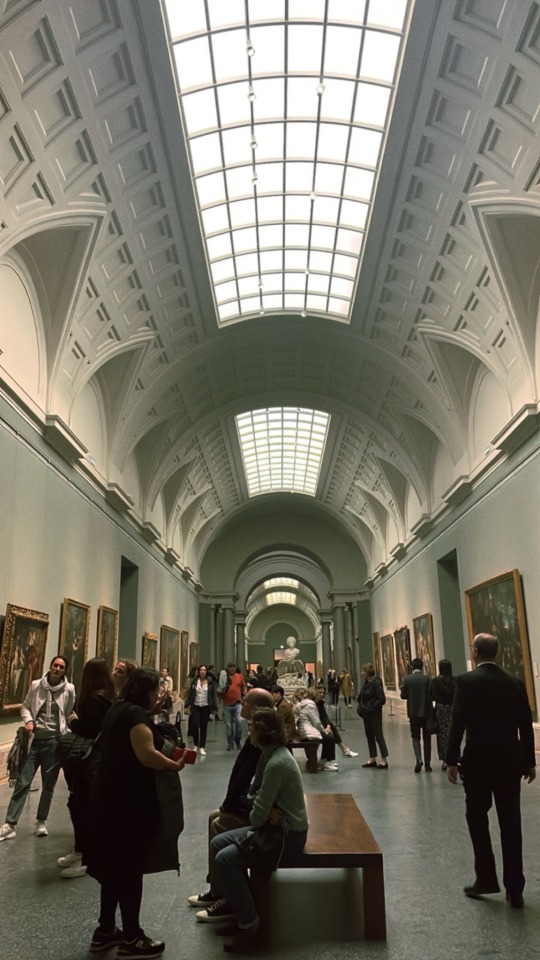
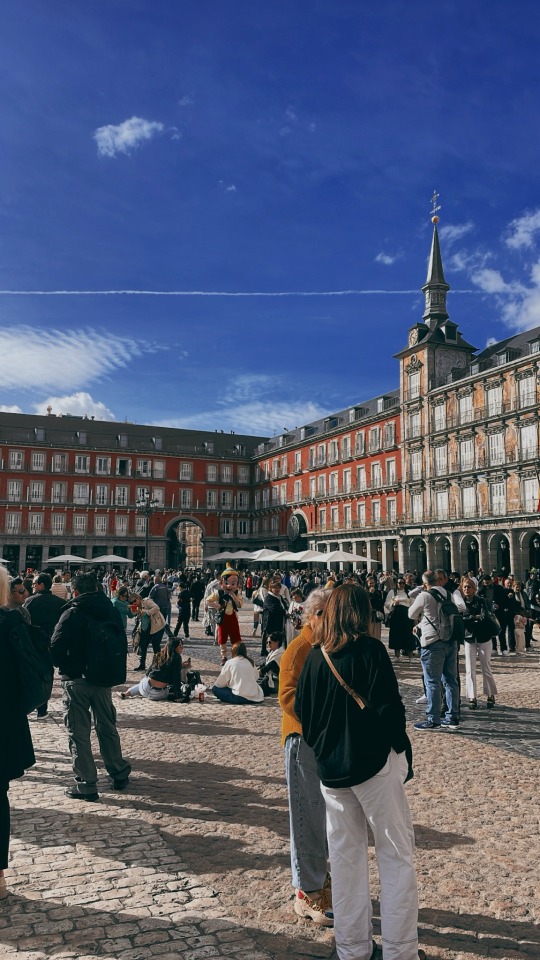
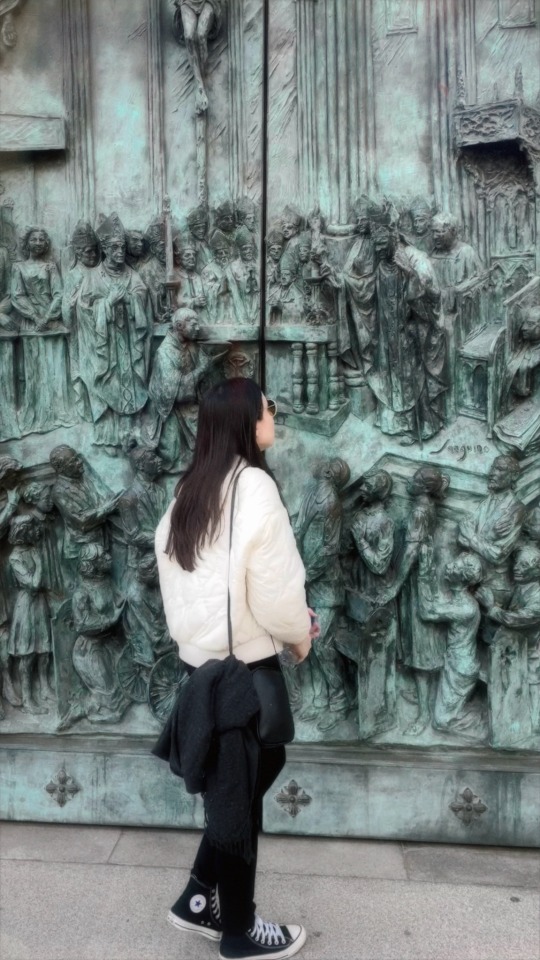

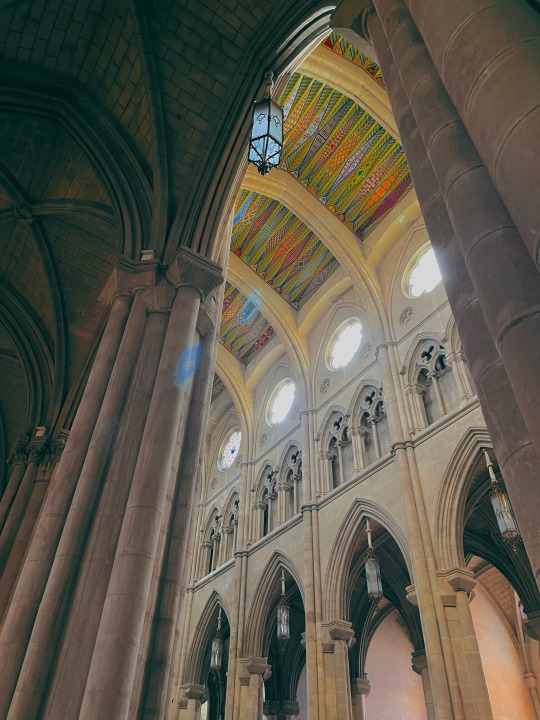
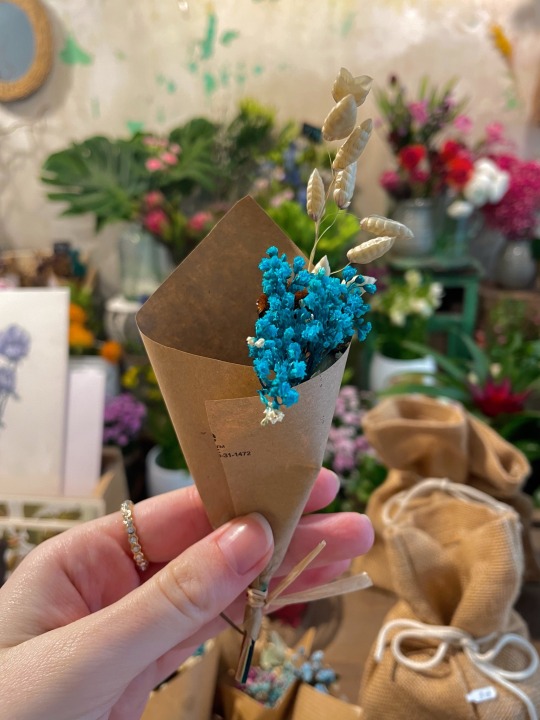
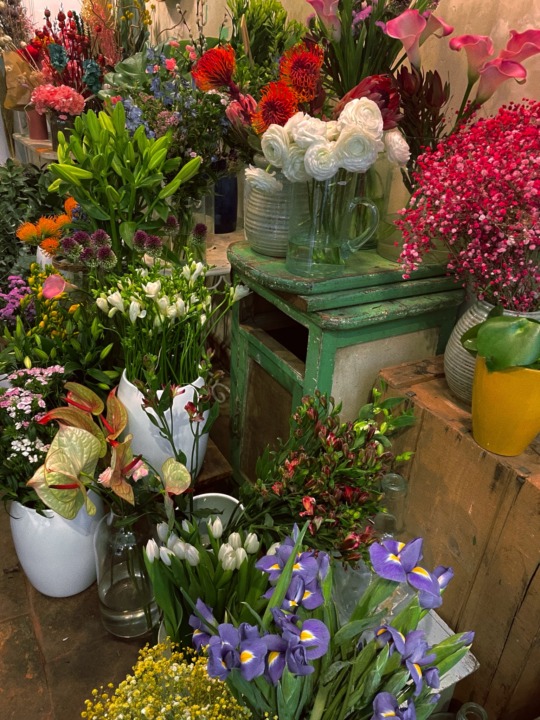
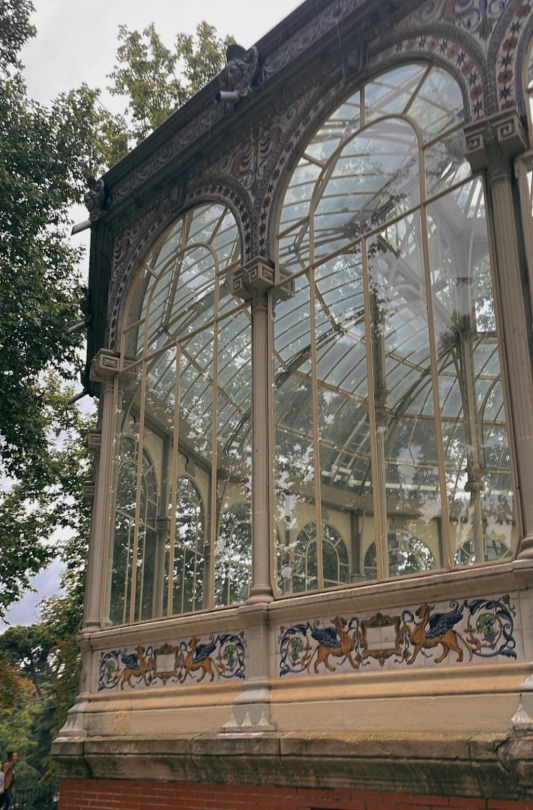
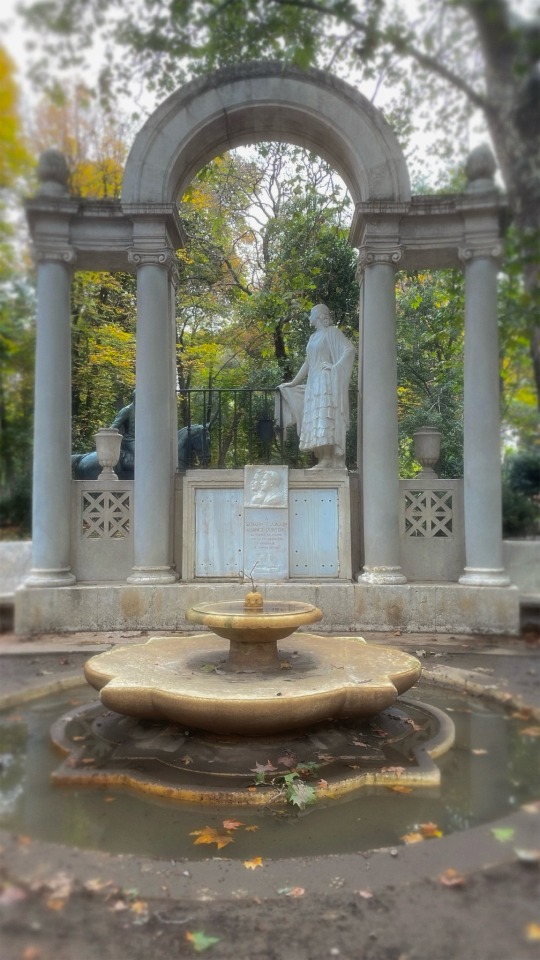
#spain#madrid#portugal#travel#photography#architecture#museo del prado#parque del retiro#palacio de cristal#portuguese
12 notes
·
View notes